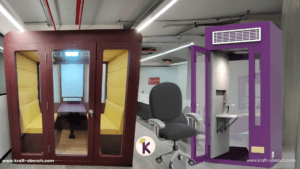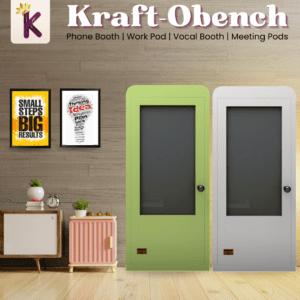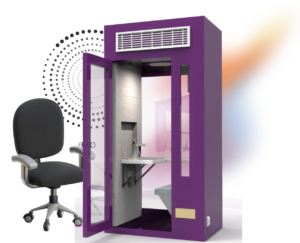Platform as a Service (PaaS), and Software as a Service (SaaS) Delivering hosted services through the internet is referred to as “cloud computing” in general. Infrastructure as a Service are the three primary categories or kinds of cloud computing under which these services fall.
A wide range of use cases, including data backup, disaster recovery, email, virtual desktops, software development and testing, big data analytics, and customer-facing web apps, are being used by businesses of every size, kind, and sector. For instance, healthcare organisations are utilising the cloud to provide more patient-specific therapies. Companies that provide financial services are utilising the cloud to provide legitimate fraud surveillance. Additionally, online games are distributed to millions of players worldwide by video game developers via the cloud.
Depending on the cloud services you choose and in comparison, to conventional on-premises IT, cloud computing aids in the following:
• Lower IT expenses: By using the cloud, you may outsource part or all of the expenses and labour associated with building, installing, configuring, and maintaining your own on-premises infrastructure.
• Boost agility and time-to-value: By utilising the cloud, your company may begin using corporate apps immediately rather of having to wait weeks or even months for IT to reply to a request, buy and set up supplementary hardware, and install software. Cloud also enables you to provide some users—more especially, developers and data scientists—free access to software and infrastructure assistance.
• Extend more simply and affordably: The cloud offers elasticity, allowing you to scale capacity up and down in response to spikes and dips in demand rather of acquiring extra capacity that sits idle during slack times. You may distribute your apps closer to people all over the world by utilising the worldwide network of your cloud provider.
Cloud service companies can utilise the full potential of their data centre resources thanks to virtualization. It should come as no surprise that many businesses have chosen the cloud delivery model for their on-premises infrastructure in order to get the most out of it, save money over traditional IT infrastructure, and provide the same level of self-service and agility to their customers.
Organizations have historically found it difficult to consider cloud services, especially public cloud services, due to security issues. But as a result of demand, on-premises security solutions are gradually losing ground to cloud service providers’ security offerings.
However, compared to traditional IT settings, ensuring cloud security necessitates new practises and staff skill sets. The following are some examples of best practises for cloud security:
• Joint accountability for protection – A clear definition of data ownership between private and public third parties are crucial. Generally speaking, the cloud provider is responsible for maintaining cloud infrastructure and the client is responsible for protecting its data within the cloud.
• Data protection: Data must be protected by encryption while it is in use, transit, and at rest. Customer control over security keys and hardware security modules must be unrestricted.
• Customer and IT teams require complete knowledge of and visibility into network, device, application, and data access.
• Collaborative mgt: Secure and long-lasting cloud integrations will be made possible by effective communication and transparent, understood processes between IT, operational, and security teams.
• Security and compliance surveillance: To start, you must comprehend all regulatory compliance requirements that apply to your sector of business. Then, you must set up active monitoring of all linked systems and cloud-based services to keep track of all data transfers between public, private, and hybrid cloud environments.








